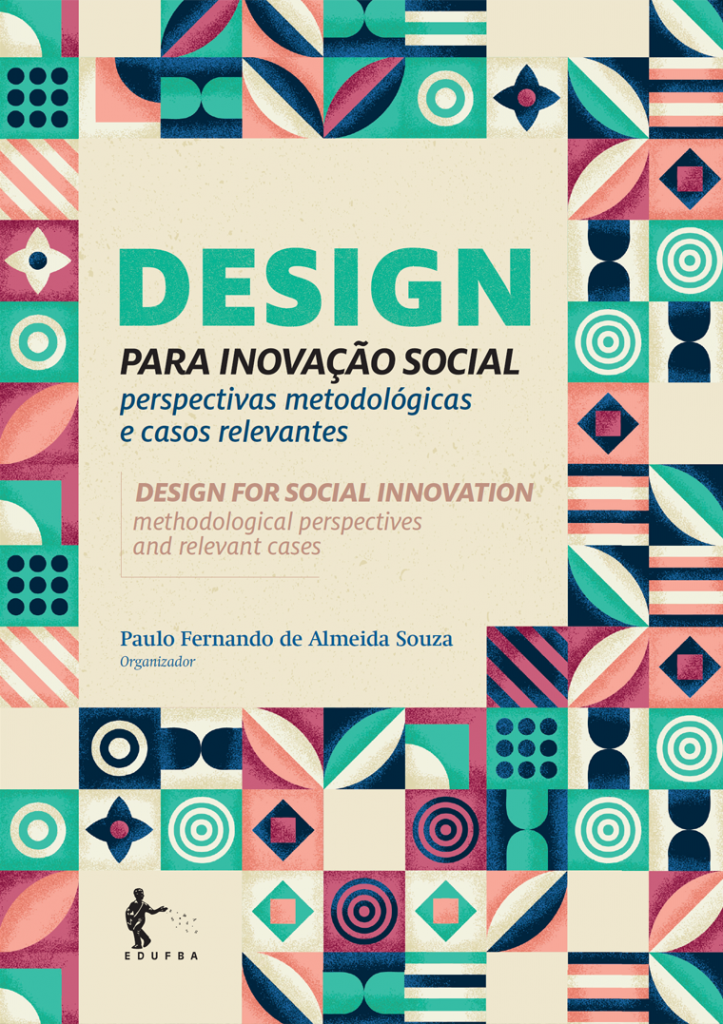This text is a preliminary reflection on the concept of Design of options, unrelated but still derived from research projects conducted in recent years by the Department of Design at Politecnico di Milano. It aims, therefore, to raise useful questions to build a future research framework.
For those unfamiliar with Design, we first describe this field based on one crucial element – storytelling – for then to observe and analyze social innovation and consumption from a design perspective.
According to Roland Barthes, narration is present in any historical time, place and society; thus this ability is exclusive to human beings. Similarly, and deepening the observation, Mark Breitenberg (2006) defined designers as Homo fabulans, since through the project they are able to generate experiences.
But a story that is not heard by anyone loses its intrinsic purpose. The key to a story is that there is someone listening. These listeners, called users in Design, are also consumers, and their involvement adds another fundamental piece to the discourse that will be discussed here.
Two are the main elements that constitute the current storytelling trends by designers:
a.first, that it is (or should be) a dialogue, allowing users to choose and interpret;
b.second, the centrality of the playful element, since through play identity is built and shown, and relationships activated. Besides Homo fabulans, human beings are also Homo ludens, as Johan Huizinga (1964) puts it. But while the ability and need to tell stories differentiate us from animals, play is a characteristic that brings us closer to the animal world, since it is an activity that all “cubs” instinctively put into action.
We will consider the first aspect. User involvement and interpretation paves the way for new paradigms of design, production, and fruition, such as the design of options, recently proposed by professor Francesco Zurlo (2014).
By examining the intersection between design, production, and consumption our paper explores the topic of social innovation in its con-nection to this new design paradigm – the design of options. The work included a series of focus groups, organized as workshops, that involved experts, researchers, and actors actively working in the development of Social Innovation business ideas.
As preliminary conclusions, we identified questions and possible future areas of research.
